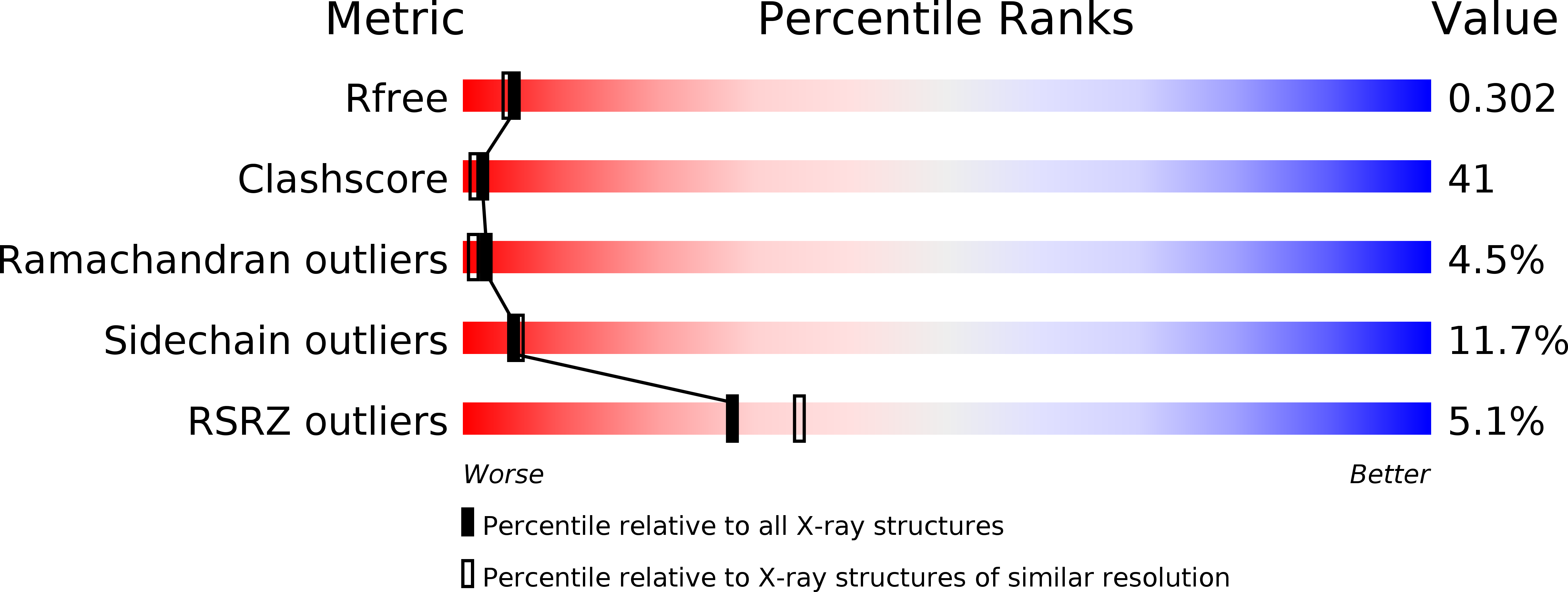
Deposition Date
2006-06-28
Release Date
2006-09-12
Last Version Date
2023-08-30
Entry Detail
PDB ID:
2HI2
Keywords:
Title:
Crystal structure of native Neisseria gonorrhoeae Type IV pilin at 2.3 Angstroms Resolution
Biological Source:
Source Organism:
Neisseria gonorrhoeae (Taxon ID: 485)
Method Details:
Experimental Method:
Resolution:
2.30 Å
R-Value Free:
0.28
R-Value Work:
0.25
R-Value Observed:
0.25
Space Group:
C 2 2 2


